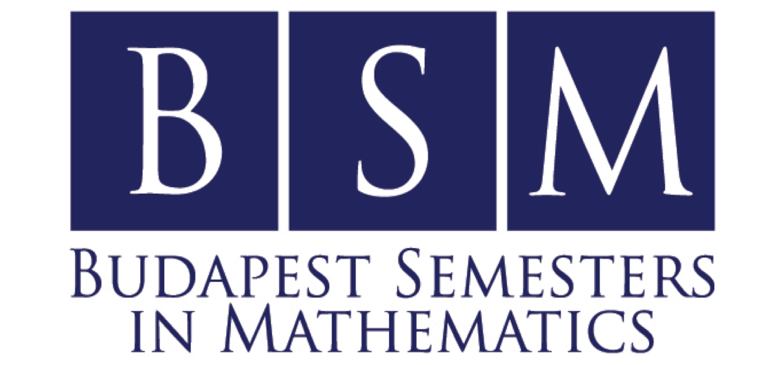The first Budapest Semester began spring, 1985.
As Babai told me,
I still had the task of shouting into America’s ears, “Here we are, it’s great stuff.”
The “great stuff” was not clear to the average American, but it was generally known to mathematicians.
- Hungary had (and has) a unique mathematical culture which intimately combines excellence in research with excellence in teaching.
- Budapest, traditionally a bridge between East and West, is a beautiful and fascinating city. Moreover, (and because of Communism) Budapest was safe.
But from the perspective of recruiting mathematics undergraduates to Hungary, the key, but hardly secret, ingredient was Paul Erdős. Erdős was not merely respected by those who knew him, he was loved. And because he was Erdős, nearly everyone knew him. As Babai put it in the very first BSM literature, students would be studying in the Country of Paul Erdős.
Babai needed help and he knew it. Without a penny of funding he had to rely on volunteers and he found them in the collaborators of Erdős, and those who had worked with Erdős collaborators. Indeed, most of those active in the early organization of BSM fell into one of those two categories.
Regional Representatives were recruited and asked to aid the recruiting efforts. Meanwhile Babai asked several leading American mathematicians to lend their names to the Program and compiled an impressive North American Advisory Board for the opening page of the first brochure. One of these early advisors was Joel Spencer who suggested that a North American Director was needed to communicate with students and coordinate BSM activities in North America. He also had someone in mind, `Tom Trotter, “the perfect American,” extremely efficient and well organized’. Trotter agreed to serve and immediately went to work establishing the North American headquarters at the University of South Carolina, designing application materials and recruiting students. Ads were placed in the Notices and Focus and mailings were sent to students and individual mathematicians who might have interest in the Budapest Semesters in Mathematics Program.
In September, Babai moved to Chicago and there was nothing to do but wait. In late October there was still no word about student numbers, but by the deadline of November 15, fourteen qualified applicants had been accepted. That was just enough for the Program to break even and the first Budapest Semester began that spring, 1985.
With Trotter leading the North American operation, the program survived the first precarious few years. In time, Trotter moved to Arizona and when his position as Department Head conflicted with the time necessary to direct the North American side of BSM , he asked Babai to find a replacement volunteer. It was at that point that I replaced Tom as North American Director, Bonnie Humke became Program Administrator and that St. Olaf College became the North American headquarters serving as Agent College for the Program. Laci Babai continues as the Program Coordinator, while Gyuri Petruska now served as Hungarian Director. The Program has continued its cooperation with the Technical University-Budapest, but now through the new College International.
Gradually the program increased [from 20-30 students per semester] to its current size of about [55-65] students each semester. At latest count, more than 170 colleges and universities have sent students to the program, many of them several times. These institutions range from great small colleges like Smith, Macalester, Carleton and Pomona to much larger universities such as Berkeley, Harvard, Princeton and the University of Michigan.
